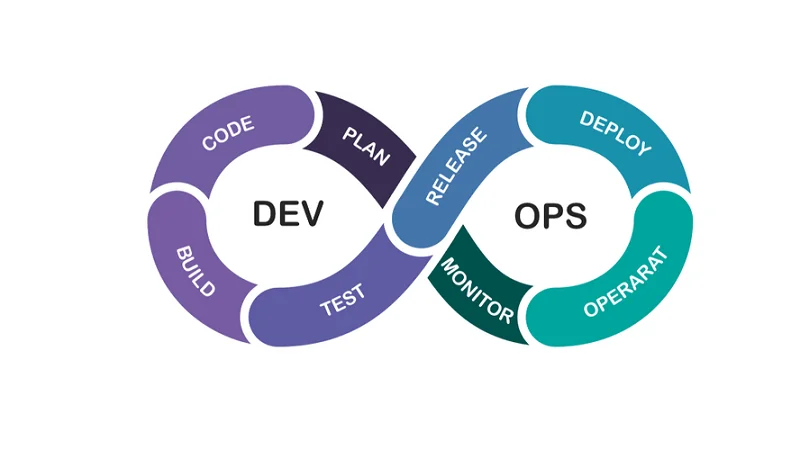The bots can then compare this information with information from HPE’s ERP systems on the actuals to identify the gaps and highlight discrepancies. “While business requirements can be negotiable and are subject to improvisation, accounting rules and compliance requirements have to be dealt with kid gloves,” Singh said. To understand how RPA is used in the real world, here’s a look at nine use cases for accounting and finance.

Coordination between the mortgage company and the client for the required documentation wastes too much time for the mortgage agent. A single mistake by the bank employee or the client can further delay the whole process. Timely and accurate processing leads to building a happier workforce that, in turn, builds a satisfied customer base and a successful business. IA provides real-time monitoring and alerts stakeholders of any financial risks or opportunities, allowing for proactive management and execution of strategies. Enabling teams to function at the top of their skill sets is critical to achieving long-term, sustained success. The accuracy and timeliness of payroll plays a huge role in employee satisfaction.
Accounting
Datamatics Intelligent Automation Platform has in-built AI algorithms to detect trends and actionable insights. “RPA can automate and speed this process up, as well as reduce human errors,” Dean said. One of the biggest gains for HPE came from using RPA to improve journal entry and subsequent financial account reconciliations, Singh said. These processes are compliance-bound, time-consuming and involve disparate processes across the organization. For example, suborganizations within HPE have different templates, processes and approval flows. Some might involve audit and compliance requirements of identifiability for transactions, along with all the respective business requirements on approval flows and amount thresholds.

FP&A software uses existing financial data to automatically create budget models. This allows experts to visualize and experiment with an unlimited range of scenarios while completely eliminating the risk of human error. RPA bots automate budgeting, forecasting, and variance analysis, allowing finance experts to focus their attention on strategic planning and providing top-notch insights to the management team. RPA helps to ensure regulatory compliance and provides enhanced data security by eliminating manual errors and reducing the risk of human-based threats.
AI in FinTech: How Artificial Intelligence Benefits Financial Organizations
Receive PO data available in the accounting system with that of invoices and inform the right stakeholders in case of any open PO/debit memos, void POs and exceptions. In the accounting system auto-search based on invoice and PO, confirm the availability in the open PO and debit memo queues. Check for the correct vendor and for any amount variance allowed, create a log for the exceptions, and email it to the stakeholders. It expedites Procure-to-Pay and Record-to-Report processing as well as reduces Days Sales Outstanding figures through Order-to-Cash automation.
Data-gathering, copy-and-paste, and data entry are all candidates for RPA, your intelligent robot workforce. With the opportunity to process invoices quicker, your organization can also take advantage of early payment discounts. The case study of leading businesses https://www.globalcloudteam.com/ demonstrates that a combination of automation technologies with specific application techniques is particularly fruitful. Financial services embrace a vast range of functions, from routine number crunching to high-value, goal-oriented business thinking.
Products & Solutions
Now, they’re taking RPA to the next level by combining it with machine learning (ML). In fact, recent Gartner research shows that around 80% of finance leaders have already implemented or are planning to implement RPA. RPA, or robotic process automation, is often seen as a silver bullet for boosting operational efficiency and cutting costs.
Quickly ingest data from pending paper-form invoices with intelligent document processing and integrate the data with core systems to achieve a single source of truth. Collate these data points from the core systems by using RPA and create consolidated invoice reports to estimate outgoings on a periodic basis. Leverage real-time visual reporting tools, such as TruBI, to visualize the data for Spend Analytics and Vendor Rating, and arrive at important decisions in the CFO office.
RPA in finance:
Although the bank’s key focus is typically the payments, the automation of accounts receivable makes the payments process smooth and error-free from the first step to the last stage. One of the biggest advantages of rpa use cases in accounting a digital workforce is that it can significantly increase efficiency and productivity. This can lead to an increase in productivity and efficiency, as well as a reduction in the time it takes to complete tasks.
- The bot evaluates the discrepancy and uses various rules to determine if the issue comes from an error with the source data or the reporting repository.
- If that’s the case, there’s often friction and delays in these manual processes, even when spending and budgeting are approved.
- Raising travel requests, checking the expense category, required approval, essential supporting documents, etc., eats up a lot of time for the accounts team, which may even delay the processing of the same.
- In fact, recent Gartner research shows that around 80% of finance leaders have already implemented or are planning to implement RPA.
- Bots have been used to find all the customer accounts’ year-end balances, and then return the audit to the audit clerk in the form of a Word document.
- Vendor invoices are non-standardized, and need to be cross-checked with purchasing orders and approved.
This made it easier to kick off one process that could access various databases and freeze relevant amounts across various accounts and two different core banking systems with minimal team member interaction. People could then focus on more judgement-oriented tasks such as reviewing and validating the data being updated. To limit the risks of regulatory fines and reputational damage, financial institutions can use RPA to strengthen governance of financial processes. RPA helps consolidate data from specific systems or documents to reduce the manual business processes involved with compliance reporting.
Expense reporting
Fintech organizations are often heavily involved in cash inflows and outflows. The repeated task of creating purchase orders for different clients and, forwarding them, getting the approval is not just monotonous but is prone to mistakes if done manually. Companies that embrace this technology will have a significant competitive advantage in the market. The benefits of IA in F&A are vast, and it’s time for businesses to start exploring those capabilities more.

But with manual processing, there’s always a question of accuracy when collecting and keying in data from multiple sources. Along with managing accounts payable, your finance department might also advise or govern the procurement process, including purchasing decisions. If that’s the case, there’s often friction and delays in these manual processes, even when spending and budgeting are approved. Our prebuilt automations and ready-to-go connectors can give you a head start on a more innovative future for finance and accounting. Software robots can read screens, navigate interfaces, and pull information from scanned documents—faster and more accurately than their human colleagues. Managing debt and investments are important aspects of financial administration and involve the strategic supervision of an organization’s financial resources.
Improve efficiency and lower monthly payroll costs:
Furthermore, RPA can interact with internal systems, such as ERP and CRM, enabling seamless data exchange and facilitating end-to-end automation. Through RPA applications in finance, businesses can focus on more value-added tasks while time-consuming tasks are efficiently managed by RPA bots. As the tasks involved are repetitive in nature, it is time-consuming and error-prone.